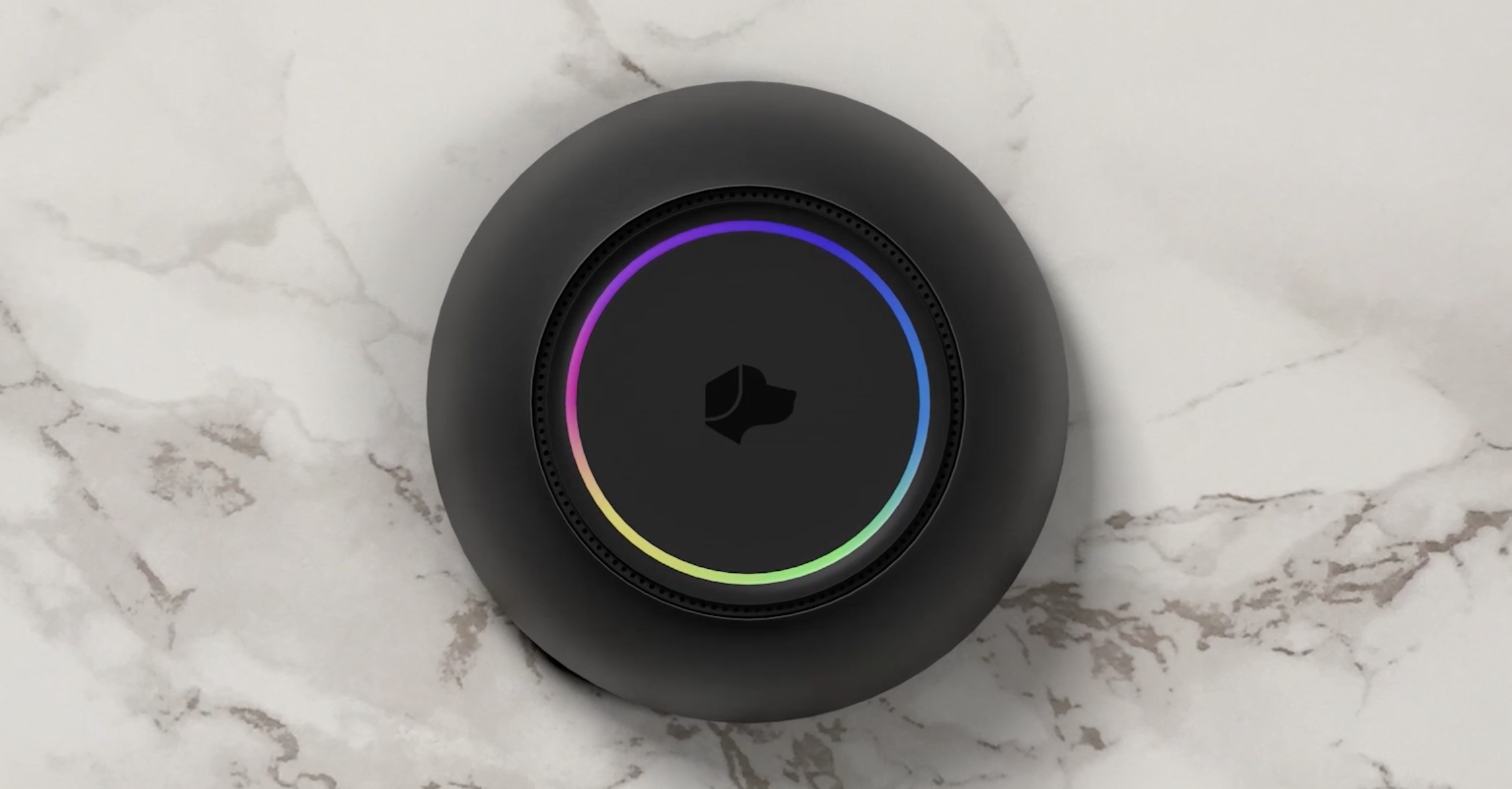When former Red Hat CEO Jim Whitehurst moved on to become president at parent company IBM earlier this month, the logical person to take his place was long-time executive Paul Cormier. As he takes over in the most turbulent of times, he still sees a company that is in the right place to help customers modernize their approach to development as they move more workloads to the cloud.
We spoke to Cormier yesterday via video conference, and he appeared to be a man comfortable in his new position. We talked about the changes his new role has brought him personally, how he his helping his company navigate the current situation and how his relationship with IBM works.
One thing he stressed was that even as part of the IBM family, his company is running completely independently, and that includes no special treatment for IBM. It’s just another customer, an approach he says is absolutely essential.
Taking over
He says that he felt fully prepared for the role having run the gamut of jobs over the years from engineering to business units to CTO. The big difference for him as CEO is that in all of his previous roles he could be the technical guy speaking a certain engineering language with his colleagues. As CEO, things have changed, especially during a time where communication has become paramount.
This has been an even bigger challenge in the midst of the pandemic. Instead of traveling to offices for meetings, chatting over informal coffees and having more serendipitous encounters, he has had to be much more deliberate in his communication to make sure his employees feel in the loop, even when they are out of the office.
“I have a company-wide meeting every two weeks. You can’t over communicate right now because it just doesn’t happen [naturally in the course of work]. I’ve got to consciously do it now, and that’s probably the biggest thing,” he said.
Go-to-market challenges
While Cormier sees little change on the engineering side, where many folks have been working remotely for some time, the go-to-market team could face more serious hurdles as they try to engage with customers.
“The go-to-market and sales side is going to be the challenge because we don’t know how our customers will come out of this. Everybody’s going to have different strategies on how they’re coming out of this, and that will drive a lot,” he said.
This week was Cormier’s first Red Hat Summit as CEO, one that like so many conferences had to pivot from a live event to virtual fairly quickly. Customers have been nervous, and this was the first chance to really reconnect with them since things have shut down. He says that he was pleasantly surprised how well it worked, even allowing more people to attend than might pay to travel to a live event.
Conferences are a place for the sales team to really shine and lay the groundwork for future sales. Not being there in person had to be a big change for them, but he says this week went better than he expected, and they learned a ton about running virtual events that they will carry forth into the future.
“We all miss the face-to-face for sure, but I think we’ve learned new things, and I think our team did an amazing job in pulling this off,” he said.
No favorites for IBM
As he navigates his role inside the IBM family, he says that new CEO Arvind Krishna has effectively become his board of directors, now that the company has gone private. When IBM paid $34 billion for Red Hat in 2018, it was looking for a way to modernize the company and to become a real player in the hybrid cloud market.
Hybrid involves finding a way to manage infrastructure that lives on premises as well as in the cloud without having to use two sets of tools. While IBM is all in on Red Hat, Cormier says it’s absolutely essential to their relationship with customers that they don’t show them any favoritism, and that includes no special pricing deals.
Not only that, he says that he has the freedom to run the company the way he sees fit. “IBM doesn’t set our product strategy. They don’t set our priorities. They know that over time our open source products could eat into what they are doing with their proprietary products, and they are okay with that. They understand that,” he said.
He says that doing it any other way could begin to erode the reason that IBM spent all that money in the first place, and it’s up to Cormier to make sure that they continue to do what they were doing and keep customers comfortable with that. So far, the company seems to be heading in the same upward trajectory it was on as a public company.
In the most recent earnings report in January, IBM reported Red Hat income of $1.07 billion, up from $863 million the previous year when it was still a private company. That’s a run rate of over $4 billion, putting it well within reach of the $5 billion goal Whitehurst set a few years ago.
Now it’s Cormier’s job to get them there and beyond. The pandemic certainly makes it more challenging, but he’s ready to lead the company to that next level, all while walking the line as the CEO of a company that lives under the IBM family umbrella and all that entails.

Source: Tech Crunch





